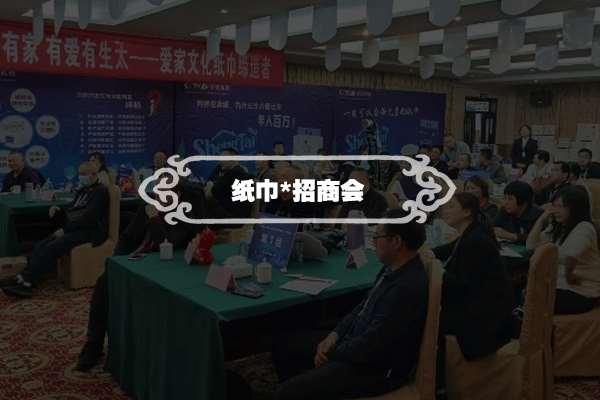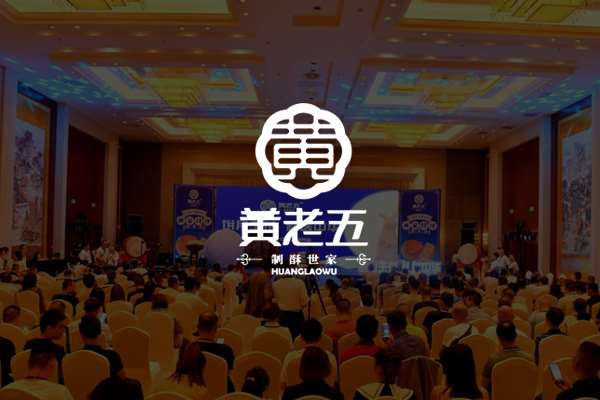India's Development Model and Its Transformation
India, a diverse and culturally rich nation, has made significant strides in its development over the years. The country's development model has witnessed various adaptations and transformations, reflecting the changing needs and aspirations of its people. This article aims to delve into India's development model and understand the ongoing transformation.
In the early years after independence, India adopted a socialist development model. The government played a dominant role in the economy through the public sector, with an emphasis on self-sufficiency and import substitution. The strategy focused on developing heavy industries and infrastructure, with limited participation from the private sector. This approach aimed to address poverty, unemployment, and social inequality.
However, this model faced significant challenges and did not lead to the desired outcomes. The reliance on the public sector often resulted in inefficiencies, low productivity, and a lack of innovation. The licensing system stifled private enterprise, leading to a slower pace of growth. As a result, despite some achievements, India remained a largely agrarian economy with limited industrial development and widespread poverty.

In the early 1990s, India underwent a major transformation in its development model. The country embarked on a process of economic liberalization and began embracing globalization. This shift ushered in a new era of market-oriented reforms, aimed at attracting foreign investment, encouraging private entrepreneurship, and integrating with the global economy.
Liberalization led to the dismantling of the licensing system, opening up various sectors to private players. Foreign direct investment (FDI) was allowed in several industries, leading to increased competition and access to global technology and expertise. This transformation spurred growth, leading to a rise in per capita income, improvements in living standards, and a reduction in poverty.
However, the transformational journey is ongoing. Despite the progress made, India continues to face challenges in inclusive development and creating sustainable economic growth. Income and regional disparities persist, with a large section of the population still living in poverty. There is a need for targeted interventions to address these disparities and ensure the benefits of growth reach all sections of society.

Additionally, India's development model needs to prioritize sustainable development, environmental conservation, and technological innovation. The country faces pressing challenges such as climate change, resource depletion, and rapid urbanization. These issues demand a shift towards a greener and more sustainable growth trajectory, driven by renewable energy, efficient resource utilization, and conservation practices.
Moreover, India's development should focus on skill development, education, and healthcare to empower its youth and capitalize on its demographic dividend. Investments in human capital are crucial to create a knowledgeable and skilled workforce that can meet the needs of the evolving global economy.
In conclusion, India's development model has evolved over time, transitioning from a socialist approach to a more market-oriented and globally integrated system. While the transformation has yielded positive results, there is still much to be done. A comprehensive and inclusive development model, driven by sustainable practices, technological innovation, and investments in human capital, is necessary for India to realize its full potential and address the emerging challenges of the twenty-first century.








